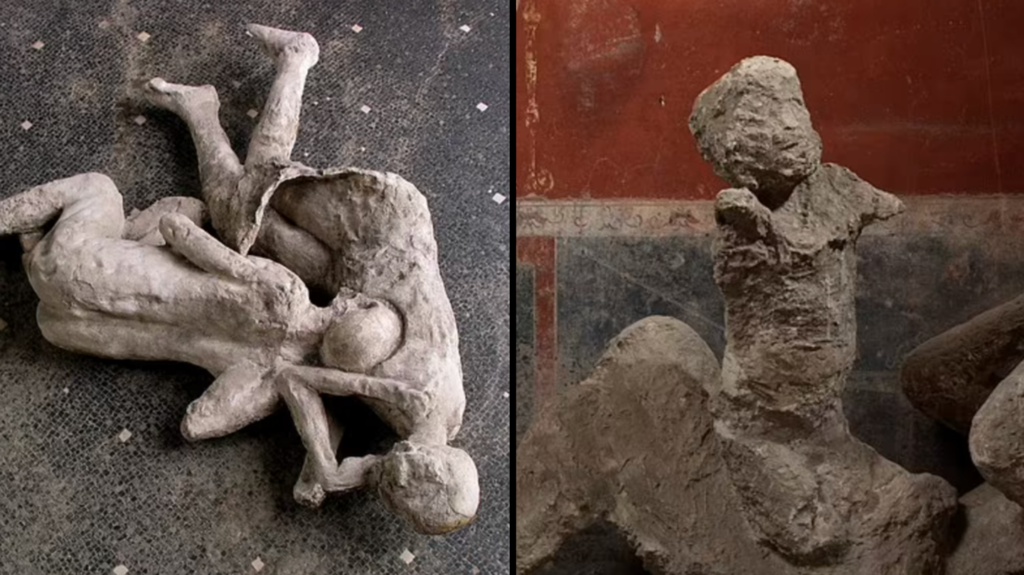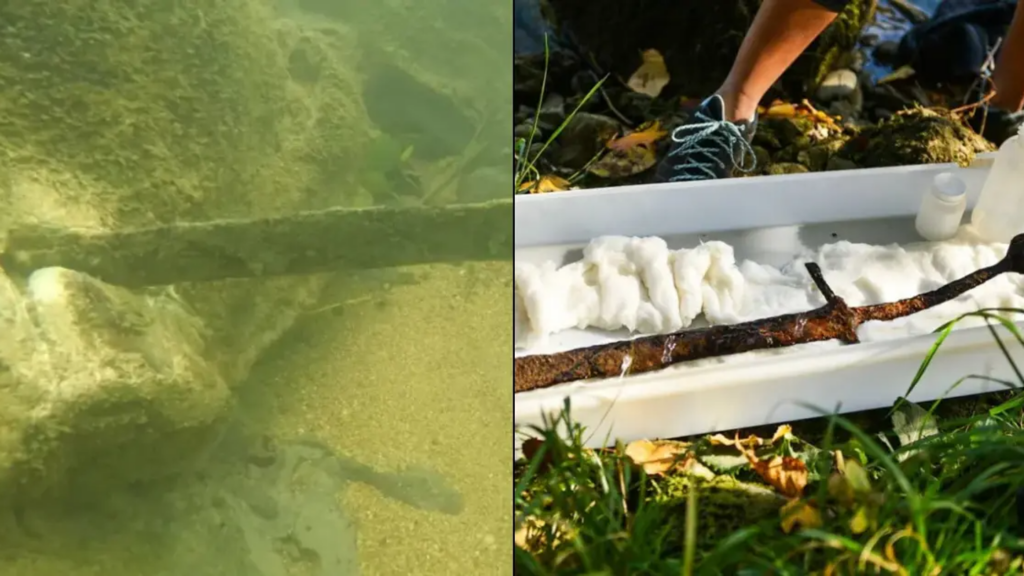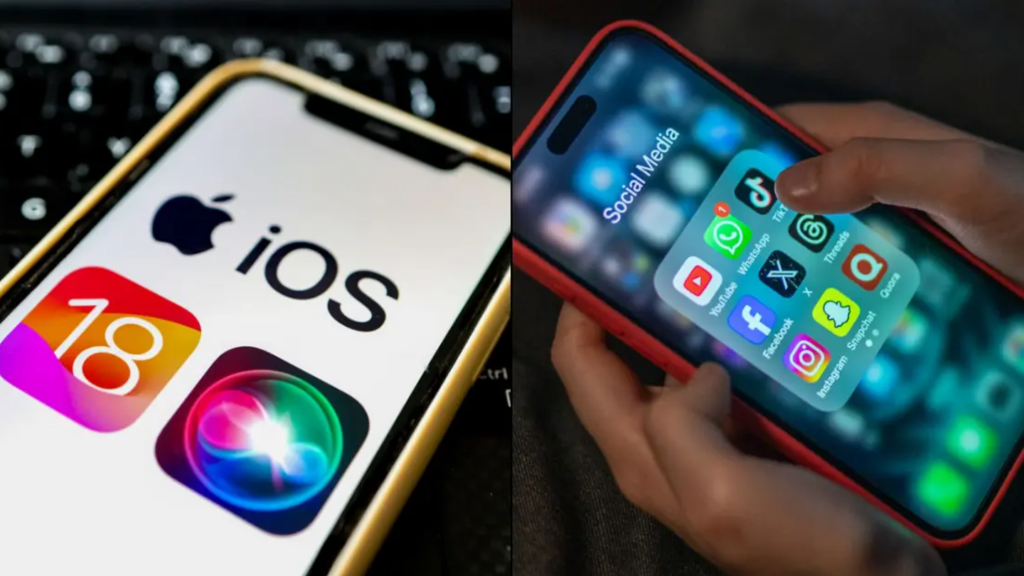Scientists investigating the remains of individuals who perished during the catastrophic Mount Vesuvius eruption that buried Pompeii have made groundbreaking DNA discoveries over a thousand years after the tragic event.
Back in 79 AD, this Italian volcano erupted with massive force, sending a column of ash and molten rock 33 kilometers into the sky and unleashing superheated clouds of gas and ash across the Bay of Naples.
To put it into perspective, the thermal energy released during this eruption was about 100,000 times more powerful than the atomic bombs dropped on Hiroshima and Nagasaki.
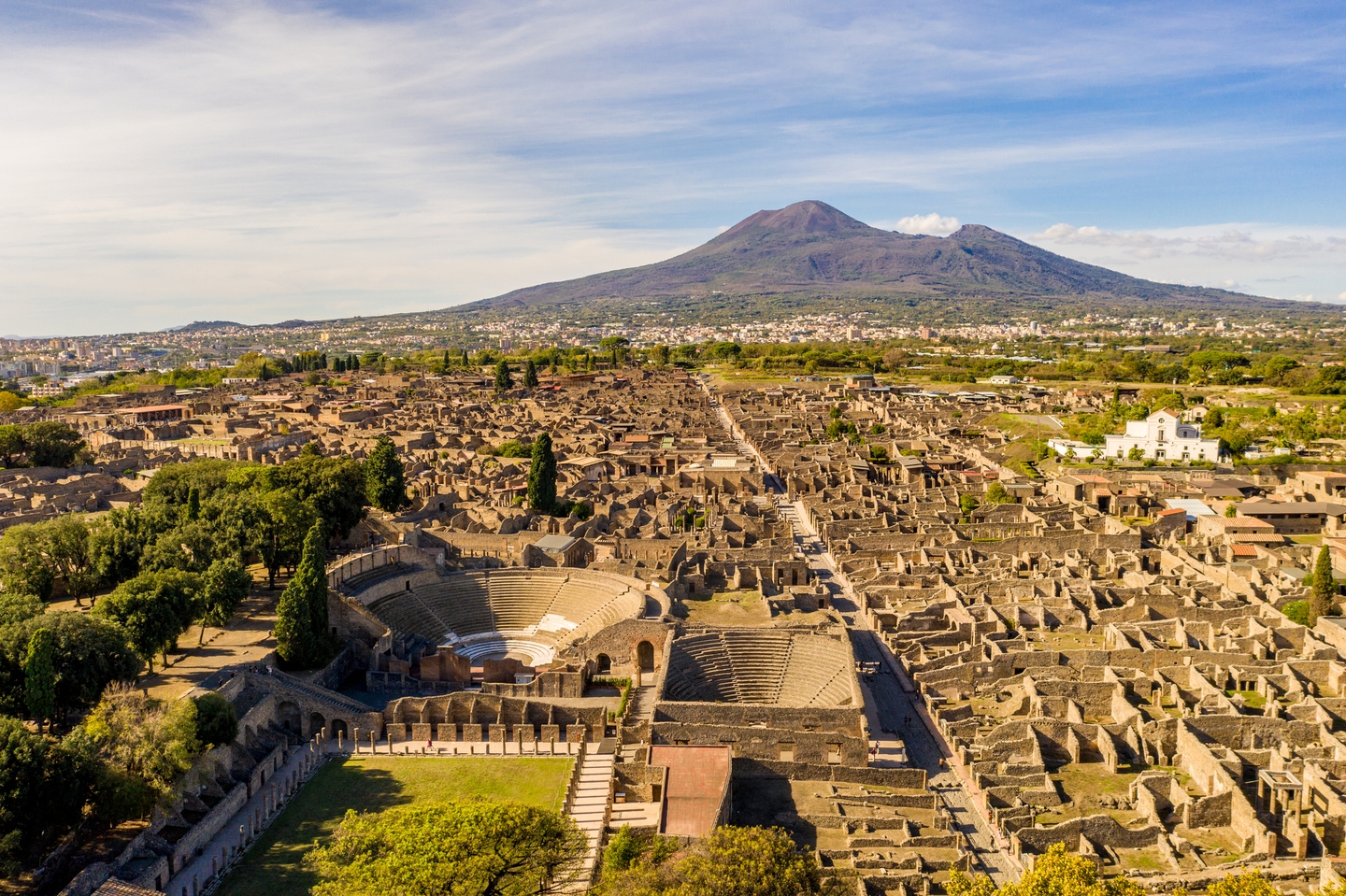
This eruption of Mount Vesuvius is considered one of the deadliest volcanic events recorded in history, completely destroying several Roman towns. Both Pompeii and Herculaneum were wiped out and buried under layers of pyroclastic material, leaving many of the victims frozen in their last moments, preserved as they perished instantly.
The exact death toll remains uncertain, but it’s known that around 20,000 people lived in the two cities. So far, archaeologists have unearthed remains of more than 1,500 people across these locations.
Once Pompeii was excavated, archaeologists found the remains of people who tragically fell victim to the eruption, with Pompeii now designated as a UNESCO World Heritage Site.
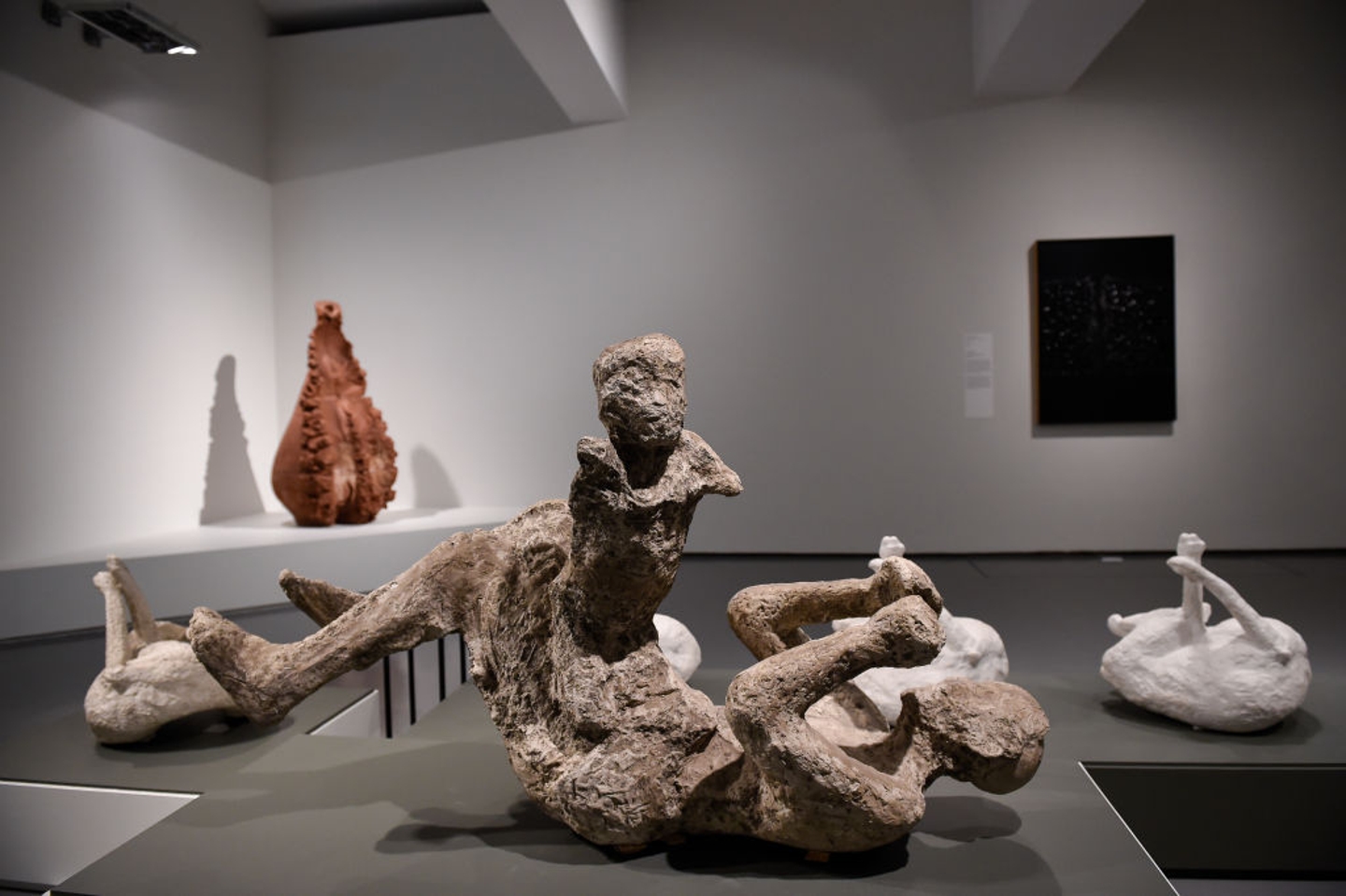
Many see these casts, created from the remains, as snapshots of the victims’ final moments, including touching scenes like a mother holding her child or two women embracing in their last moments together.
However, new DNA research suggests that some of these longstanding interpretations may be inaccurate, as our modern perspectives might not accurately reflect the realities of the ancient world.
“We were able to disprove or challenge some of the previous narratives built upon how these individuals were kind of found in relation to each other,” said Alissa Mittnik of the Max Planck Institute for Evolutionary Anthropology in Germany.
“It opens up different interpretations for who these people might have been.”
Alissa Mittnik and her research team analyzed DNA from 14 plaster casts of individuals found among the ruins of Pompeii, revealing that some previously assumed relationships between the victims were mistaken.
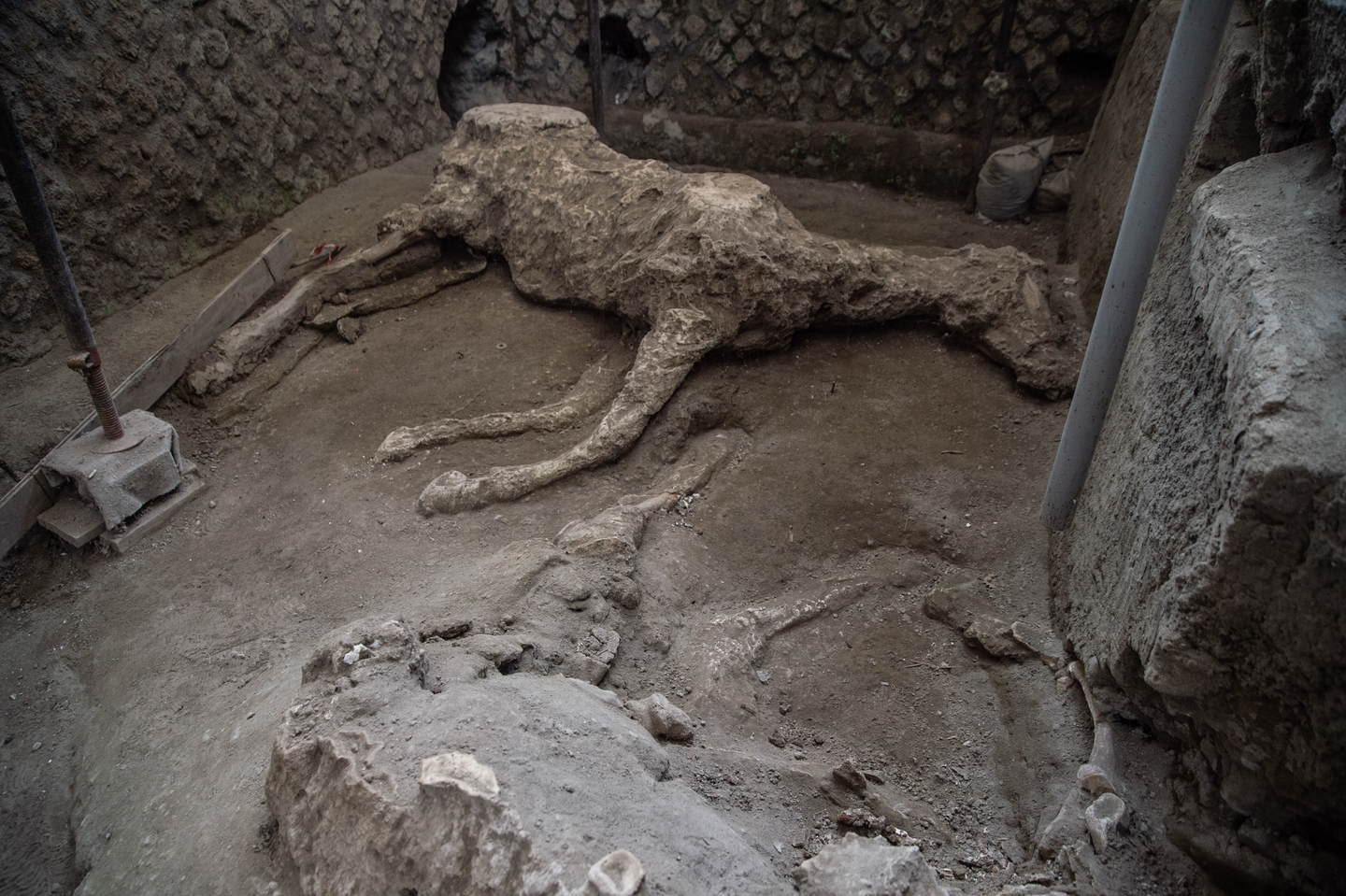
One notable discovery involved a cast of a man and a child found in an area known as the “House of the Golden Bracelet.” The DNA analysis showed that the child was not biologically related to the adult initially believed to be their parent. The house was named after a delicate piece of jewelry found there, reinforcing the assumption that the individual might have been a woman.
Additionally, at least one person from another cast depicting two individuals embracing, often thought to be sisters or a mother and daughter, turned out to be a man. This new information, published in the journal Current Biology, challenges previous assumptions about the connections between these victims.
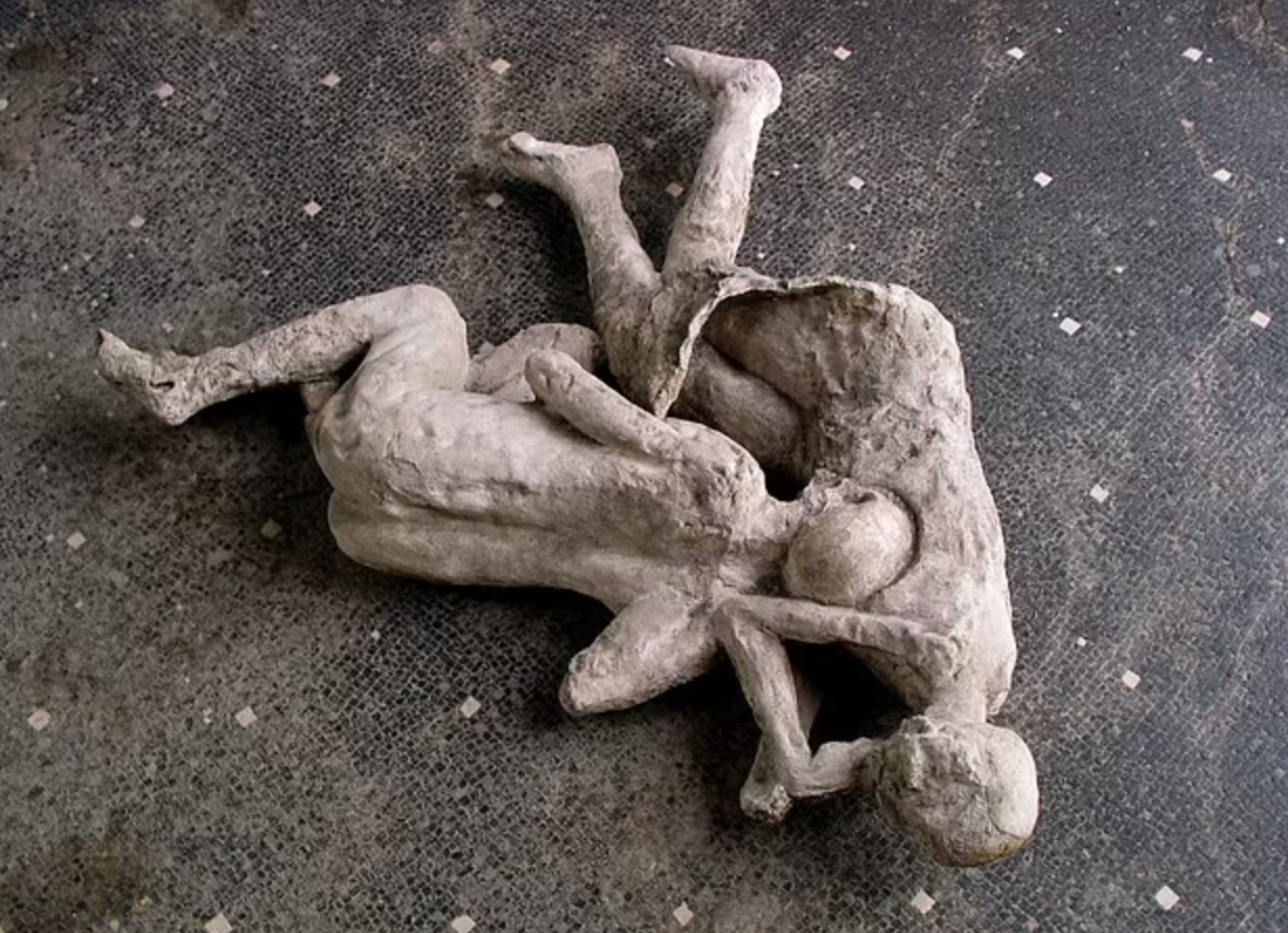
This study builds on a breakthrough from 2022, when scientists successfully sequenced the genome of a Pompeii victim for the first time, confirming that ancient DNA could still be retrieved from the remains preserved by the eruption.
“They have a better overview of what’s happening in Pompeii because they analysed different samples,” said Gabriele Scorrano of the University of Rome Tor Vergata, who co-authored that earlier research but was not involved in the latest study.
“We actually had one genome, one sample, one shot.”
